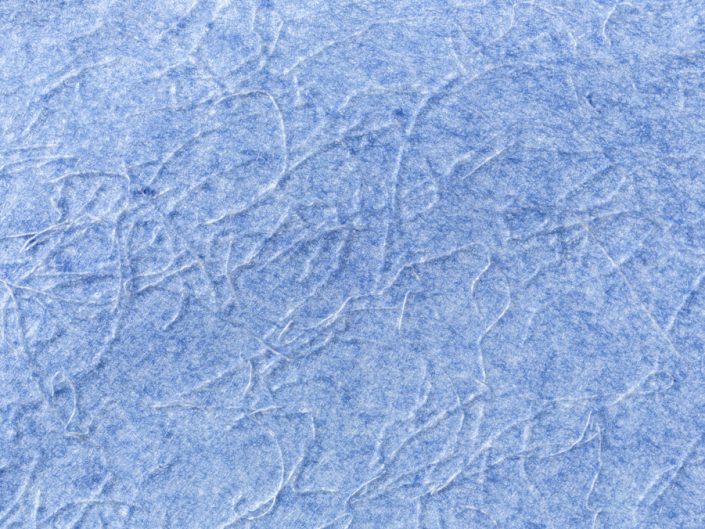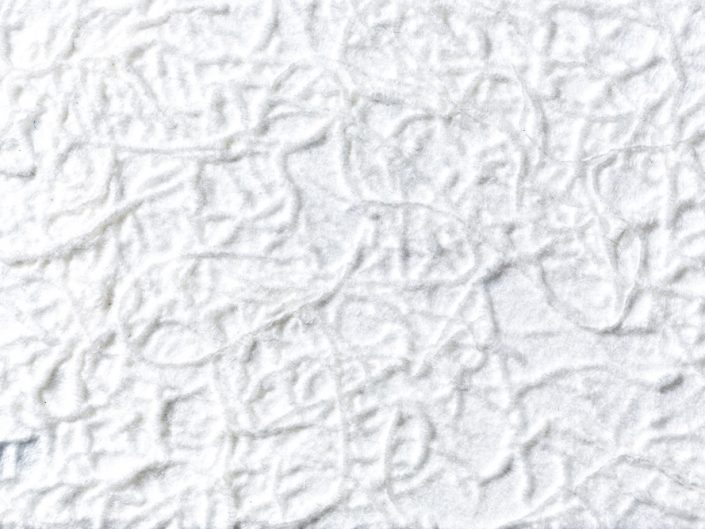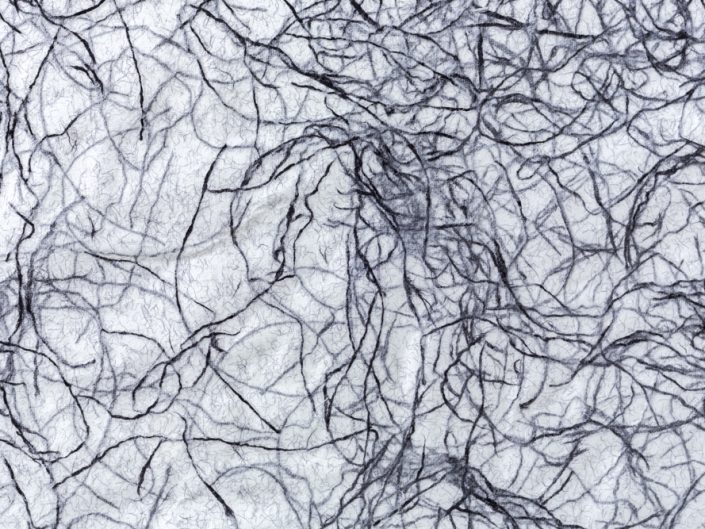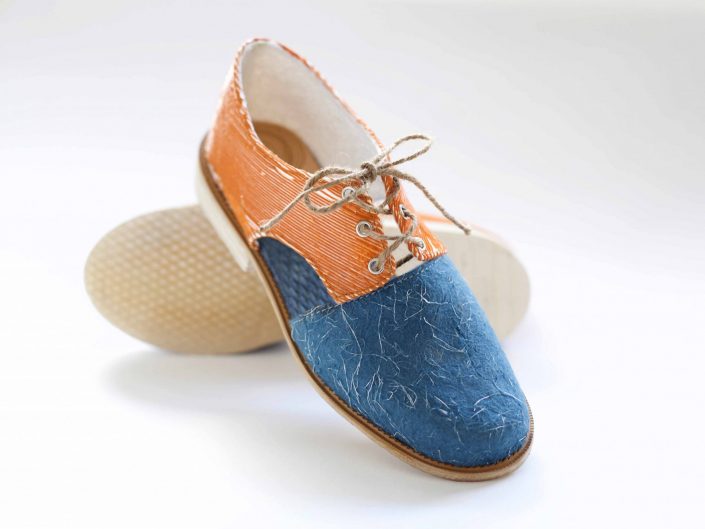TEAM: Atsushi Tanaka, Jani Lehmonen, Hille Rautkoski, Jukka Ketoja, Kirsi Kataja (VTT) Tiina Härkäsalmi, Anastasia Ivanova (Aalto University) Saara Kinnunen (HAMK)
Background
Foam forming enables production of a vast variety of fibre-based materials. The bubble structure of wet foam gives a handle by which the spatial distribution and orientation of fibres inside the foam can be controlled. By feeding the fibre foam on a porous fabric and sucking out the liquid phase, one is left with a fibre network that forms the skeleton of the non-woven fabric. Multi-scale structural features affect both technical and perceptual qualities of the material.
Characteristics
We have combined cellulose yarns and fibres into different types of nonwovens ranging from thin textiles to thick elastic materials. The material characteristics vary greatly depending on the type of yarns and fibres, their relative proportions and how tightly the material units are bound together. The basic fibre components have been DES and commercial paper yarn, viscose fibres, pine or birch kraft pulp and some added latex.
Technical Data
The materials with yarn are generally quite light with densities varying in the range of 150−300 kg/m3. There is a big scatter in the obtained strengths, 0.2−2.8 MPa with the reference value of 6.8 MPa for a pure pine kraft sheet with latex. Similar scatter is found in the breaking strain with some highly extensible samples.
Potential Applications
The non-woven fabrics can be utilized for example in technical textiles, commodity products, composite applications and interior decoration.
Photos : Eeva Suorlahti
Shoe Design & Photo: Saara Kinnunen





